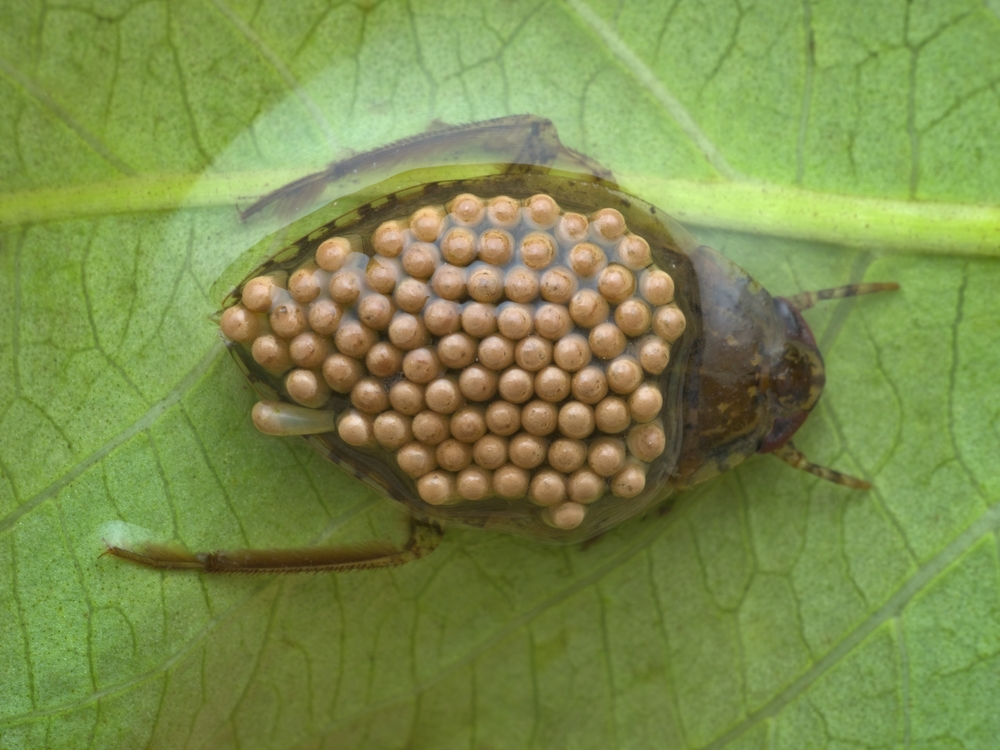Understanding the Life Cycle of Common Outer Banks Pests: Waterbugs

The Outer Banks, a beautiful string of barrier islands off the coast of North Carolina, is known for its stunning beaches and picturesque landscapes. However, the region’s humid climate and coastal environment also make it an ideal habitat for a variety of pests. Among these pests, waterbugs are particularly common and can pose challenges for property owners. In this comprehensive guide, we’ll explore the life cycle of waterbugs, how to identify them in the Outer Banks, and the signs of their presence on your property.
What Are Waterbugs?
Waterbugs, often mistaken for cockroaches, are aquatic insects that thrive in moist environments. While the term “waterbug” can sometimes refer to various aquatic insects, it most commonly denotes species such as the American Cockroach or the Oriental Cockroach, both of which are frequently found in the Outer Banks. These pests are attracted to damp areas and can invade homes and properties, causing significant nuisance.
The Life Cycle of Waterbugs
Understanding the life cycle of waterbugs is crucial for effective pest control. Here’s a breakdown of each stage:
1. Egg Stage
Waterbugs begin their life cycle as eggs. Female waterbugs lay eggs in a protective casing known as an ootheca. This casing can contain several dozen eggs, which are often deposited in moist, dark environments. In the Outer Banks, waterbugs may lay their eggs in areas such as damp basements, under sinks, or in other humid locations around the home.
2. Nymph Stage
Once the eggs hatch, the insects enter the nymph stage. Nymphs resemble miniature versions of adult waterbugs but lack fully developed wings and reproductive organs. During this stage, they molt several times as they grow, shedding their exoskeleton to accommodate their increasing size. The nymph stage can last for several weeks to months, depending on environmental conditions and species.
3. Adult Stage
Upon completing the nymph stage, waterbugs emerge as adults. Adult waterbugs are typically larger and more noticeable than their nymph counterparts. They are characterized by their long legs, large bodies, and sometimes, wings. In the Outer Banks, adults are often seen seeking food and water sources inside homes, particularly in areas with high humidity.
4. Reproduction
Adult waterbugs are prolific breeders. They continue to reproduce throughout their life, laying multiple oothecas during their lifespan. This ability to reproduce quickly contributes to the difficulty in controlling their populations. Effective pest management requires timely intervention to prevent infestation.
How to Identify Waterbugs in the Outer Banks
Accurate identification of waterbugs is the first step in addressing an infestation. Here’s how you can identify waterbugs in your Outer Banks property:
1. Physical Characteristics
Waterbugs in the Outer Banks, such as the American Cockroach and Oriental Cockroach, share several distinctive features:
- Size: Adult waterbugs can range from 1 to 4 inches in length.
- Color: They often exhibit a reddish-brown or dark brown color.
- Body Shape: Their bodies are oval and flattened, with long, spiny legs.
- Wings: Some species have wings, although they may not always be used for flight.
2. Behavioral Traits
Observing the behavior of waterbugs can also aid in identification:
- Activity Period: Waterbugs are primarily nocturnal and are most active at night.
- Habitat: They are drawn to moist and dark environments, such as under sinks, in basements, or near water sources.
3. Signs of Infestation
Identifying the signs of a waterbug infestation can help in determining the extent of the problem:
- Droppings: Waterbug droppings are small, dark, and cylindrical.
- Egg Casings: Finding oothecas or egg casings in dark, damp areas can indicate an infestation.
- Shed Skins: As waterbugs molt, they leave behind shed skins that may be found in their habitats.
Signs of Waterbugs in Outer Banks Properties
Detecting waterbugs early can prevent a minor issue from becoming a full-blown infestation. Here are some key signs that you might have waterbugs in your Outer Banks property:
1. Unusual Odors
Waterbugs can emit a musty or oily odor, especially when there is a large infestation. This odor may become more pronounced in confined spaces or where waterbugs are breeding.
2. Visible Pests
Spotting waterbugs themselves is a clear sign of an infestation. Pay attention to areas where they are likely to be found, such as near water sources, in the kitchen, or in the basement.
3. Damage to Property
Waterbugs can sometimes cause damage to property by chewing through materials. This is less common but can occur in severe infestations.
4. Presence of Water Damage
Since waterbugs are attracted to moisture, signs of water damage or excessive dampness in your home can also indicate the presence of these pests.
Preventing and Managing Waterbug Infestations
Effective pest management involves both preventive measures and treatment strategies. Here are some tips to help you manage and prevent waterbug infestations:
1. Eliminate Moisture Sources
Since waterbugs thrive in damp environments, reducing moisture around your home is crucial. Fix any leaks, ensure proper ventilation, and use dehumidifiers in areas prone to excess moisture.
2. Maintain Cleanliness
Keeping your property clean can deter waterbugs. Regularly clean and sanitize areas where food is stored or prepared, and remove any food debris or spills promptly.
3. Seal Entry Points
Inspect your home for any gaps, cracks, or openings that could serve as entry points for waterbugs. Seal these openings to prevent pests from gaining access to your home.
4. Professional Pest Control
If you notice signs of a significant waterbug infestation, it may be necessary to consult with a professional pest control service. Experts can assess the situation and implement targeted treatments to eradicate the pests effectively.
Conclusion
Understanding the life cycle of waterbugs and recognizing the signs of their presence are essential for managing and preventing infestations in the Outer Banks. By taking proactive measures to address moisture issues, maintaining cleanliness, and seeking professional help when needed, you can protect your property from these common pests. Stay vigilant and informed to ensure a pest-free environment in your Outer Banks home.
